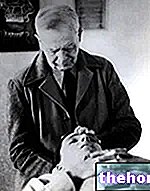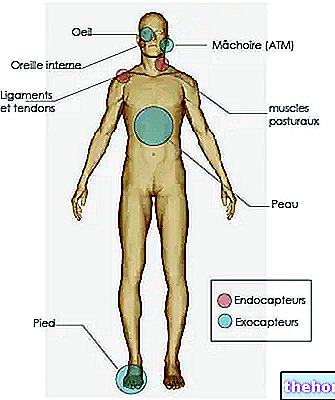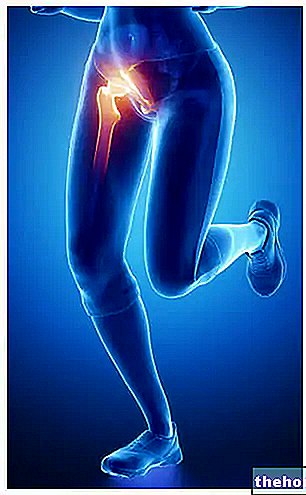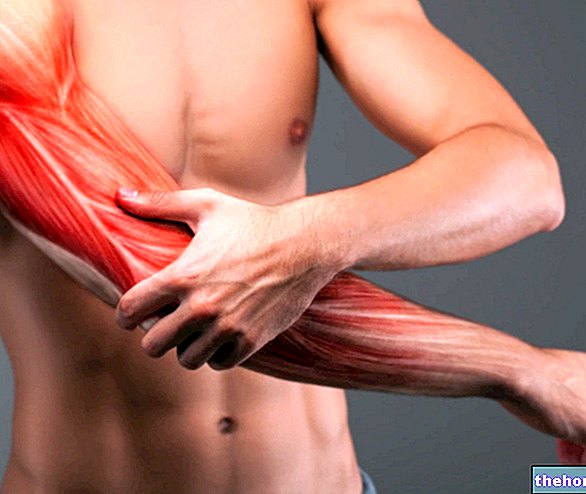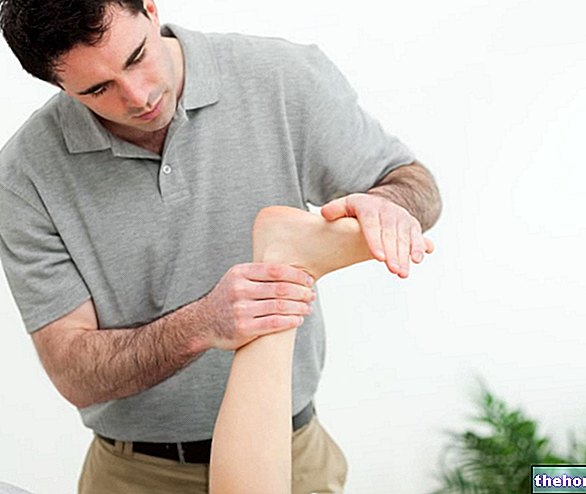Edited by Dr. Davide Marciano
When can we train the abs?
Unfortunately not everyone can do it!
The abdomen, the most loved by Italians.
Anyone would do anything to reduce the waistline and glimpse this wonderful muscle band.
Mine will not be a discussion aimed at the construction of the famous turtle (you just need to open any magazine to discover billions of good and usual advice), rather I will focus on other topics that do not find much space in common fitness speeches.
Although we love them not everyone can do the exercises for the abdomen, or rather, each of us should do them in a different way (personalized work).
I appeal to all those people who already experience back pain during the day or even during an exercise for the abdomen. But it would be even better to prevent, so based on the subject, I recommend everyone to make the following changes.
I will analyze the relationship between common abdominal exercises - such as the reverse crunch, leg raises, sit ups - and the spine of the people we go to train, dividing them into hyper and hypo lordotic.
Hypo-lordotic subjects
They have a reduced or even flattened lumbar curve (lordosis). This category includes all those people who find relief while sitting, while experiencing an "exacerbation of pain, especially when standing for too many hours.
From a muscular point of view this missed curve COULD be due to:
- Retroversion of the pelvis by hypotonus of the hip flexors (among the most powerful rectus quadriceps - iliopsoas)
- Hypertonus of hamstrings.
- Hypertonic abdominal wall.
Let's say that these subjects are the least suited to work the abdomen, but with certain precautions and good customization we can try.
Keeping in mind the three factors listed above, we must prepare the abdomen with pre-strengthening exercises. I would start with some stretching exercises, such as the position of the sphinx. In addition, I would also spend a stretch exercise for the hamstrings. even if partially, we are going to reduce the tension in those critical points that can cause pain.
I would safely recommend performing the "Raise the legs" exercise (lying down I raise the legs that are extended), as the abdomen works isometric and the flexor muscles (rectus quadriceps and iliopsoas) do most of the work.
The reverse crunch could be done with a pad under the lower back to emphasize the curve. The ROM must be partial, maximum elongation (maximum descent of the pelvis) and reduced ascent of the latter.
The sit-up can also be done but with legs extended in order to put the usual flexors in pretension.
Surely I would add at the end of a whole exercise for the lumbar muscles, such as partial hyperextensions (avoid going down too much with the torso to remedy the lumbar flattening).

Hyper-lordotic subjects
They are the exact opposite of the previous ones (accentuated lumbar curve).
A sitting position is more uncomfortable for these people.
From a muscular point of view, this accentuation of the curve could be due to:
- Pelvis anteversion due to hypertonicity of the hip flexors (among the most powerful rectus quadriceps - iliopsoas)
- Hypotonous of the hamstring.
- Hypotonic abdominal wall.
These are the people best suited to work with the abdomen.
Here too, though, I'd start with a pre-strengthening stretch job. I would stretch my flexors with a lunge-like position of the fencer.
All the exercises are recommended, except the lifts of the legs, which would strengthen the flexor muscles, which are already "short".
I recommend a lot of work in concentric isometry to try to "shorten" the abdominal wall.
Reverse crunch, crunch, are fine but I would pay close attention to the sit up that I would advise against or at least I would do it with your legs bent.

Conclusions
Surely this discussion is only a SIMPLE beginning to see physical exercise with different eyes. I have treated the lumbar spine sectorially, but the human body should be seen in a holistic way; for example, the curves of the spine are closely connected and the alteration of only one of them inevitably brings a compensation on the others. Furthermore, it should be seen and studied whether anteversion or retroversion, therefore hyper and hypo lordosis, of the pelvis is the cause or effect of any pain.
Eg:
- of hyperextended knees (recurvatum) could bring the pelvis into anteversion and cause an "hyperlordosis of adaptation, which in turn will lead to ascending adaptive imbalances.
- or a too tight right ileopoas will induce a flexion and inclination on its side of the entire spine, probably bringing, in the long term, one shoulder higher than the other, with consequent pain in the latter. usual course: various medical treatments, various specialists, anti-inflammatories, patches and so on. Not knowing that the work on the shoulders is useless if the cause of everything is not resolved, which in this case is represented by the tension of the iliopsoas muscle.

